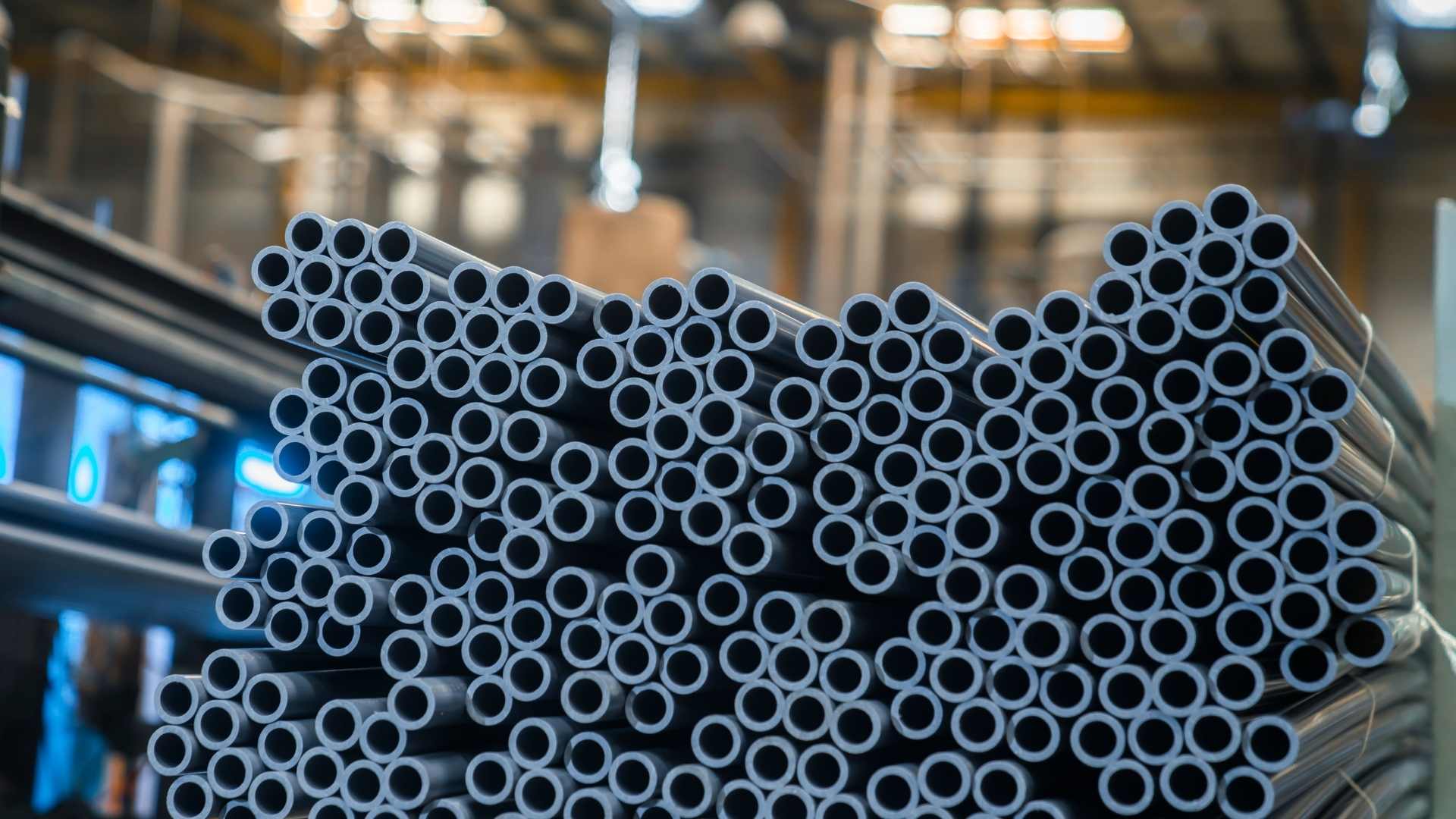Budgeting for Your Home Build: How to Stay on Track Without Sacrificing Quality
Budgeting for Your Home Build: How to Stay on Track Without Sacrificing Quality
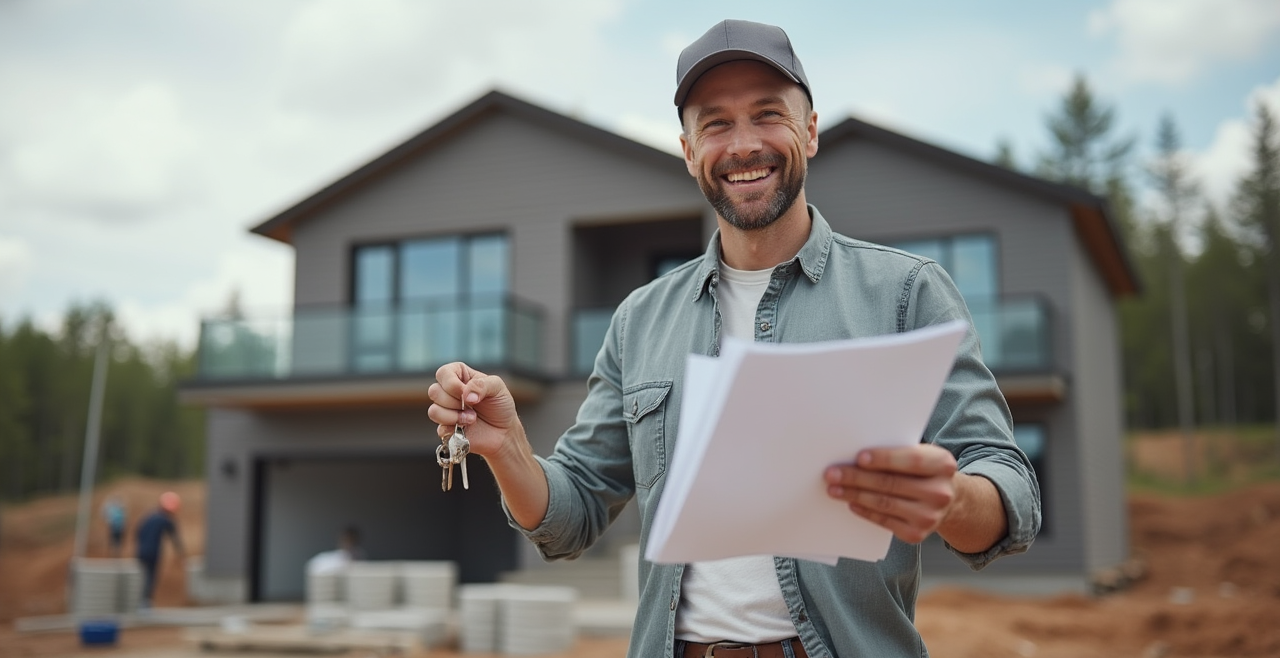
Building your dream home is a significant investment, both financially and emotionally. One of the biggest challenges homeowners face is sticking to a budget without compromising on quality. While it’s easy to get carried away with upgrades and extras, careful planning and smart decisions can help you stay on track. Here’s how you can manage your budget while ensuring your home is built with top-quality materials and craftsmanship.
1. Start with a Detailed Plan

Before breaking ground, have a comprehensive plan in place. This includes working closely with your architect or designer to finalize your home’s layout, size, and features. Every detail—from the number of rooms to the type of finishes—should be outlined in your building plan. The more thorough you are at this stage, the less likely you’ll face costly changes down the road.
2. Set a Realistic Budget

When setting a budget, be realistic about what you can afford. It’s important to account for every cost, including land, permits, labor, materials, and any unexpected expenses. Always include a contingency fund—around 10% of your total budget—to cover unforeseen costs. This will prevent you from having to sacrifice quality if unexpected issues arise.
3. Prioritize Key Areas
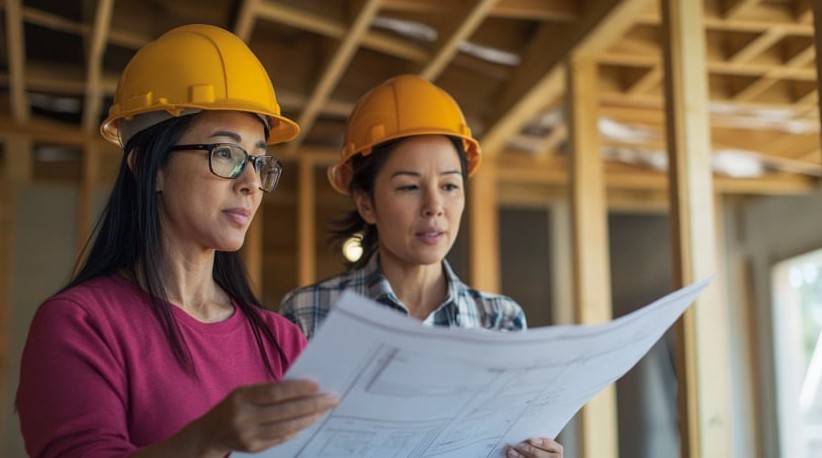
Not all aspects of a home need to be top-of-the-line. Prioritize key areas where quality matters most, like the foundation, roofing, and insulation. These are crucial to the longevity and safety of your home. On the other hand, you can choose more budget-friendly options for areas like fixtures or cosmetic finishes, which are easier to upgrade later.
4. Shop Smart for Materials
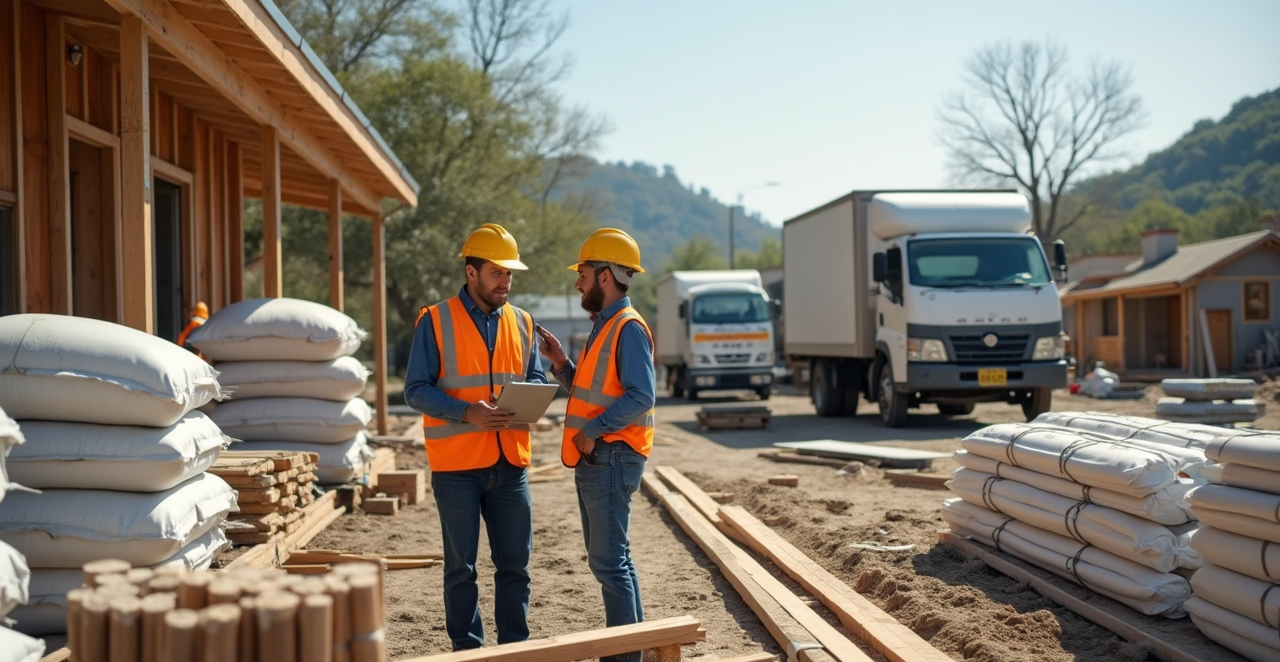
High-quality doesn’t always mean the most expensive. Do your research and compare prices on essential materials such as wood, cement, and plumbing fixtures. Consider working with local suppliers, who might offer better rates and availability compared to larger chains. Keep an eye out for sales or bulk purchase discounts on materials like Portland cement or PVC pipes without sacrificing durability.
5. Hire Reputable Contractors
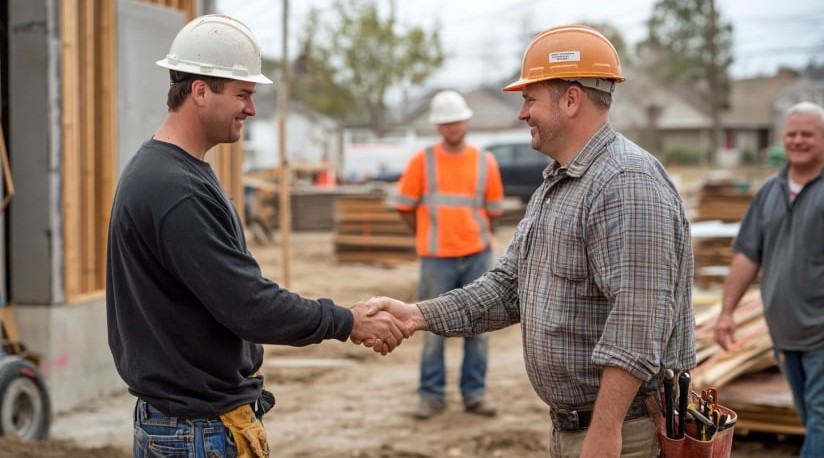
Choosing a trustworthy and experienced contractor is one of the best ways to ensure your project stays on budget and meets quality standards. A reputable contractor will help you avoid costly mistakes, provide realistic timelines, and suggest cost-effective alternatives when necessary. Don’t base your decision solely on price—cheaper contractors may cut corners, leading to higher long-term costs.
6. Track Expenses Closely
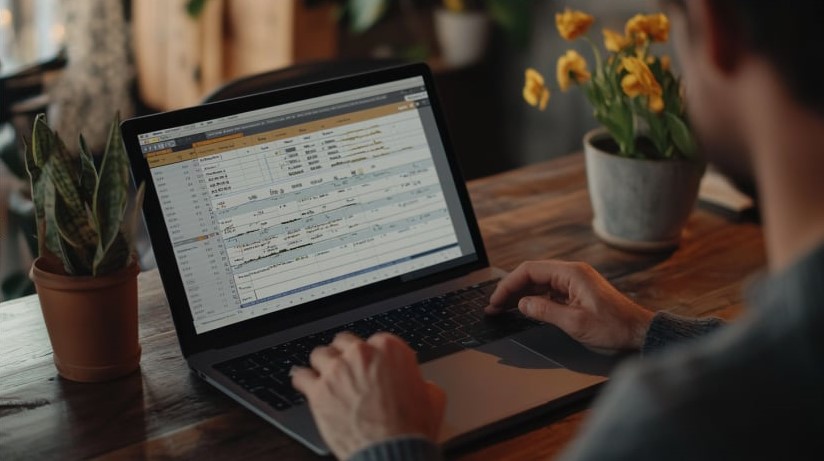
Keep a close eye on your spending throughout the building process. Use a spreadsheet or budgeting software to track labor costs, material purchases, and any additional fees. This will help you identify any areas where you may be overspending and make adjustments early on. It also ensures you’re aware of how much your project is costing at every stage.
7. Be Flexible but Disciplined

Sometimes, unexpected changes or upgrades will seem tempting, but it’s important to remain disciplined. If you must make changes to your original plan, prioritize those that will enhance the longevity or functionality of your home rather than purely aesthetic upgrades. Stay flexible but avoid impulse decisions that could blow your budget.
8. Save on Energy-Efficient Upgrades

Investing in energy-efficient materials and systems can save you money in the long run. Features like energy-efficient windows, insulation, and solar panels may have higher upfront costs, but they can significantly reduce your home’s energy consumption over time. These upgrades are not just environmentally friendly—they're also smart investments that add long-term value to your home.
9. Review Contracts Carefully
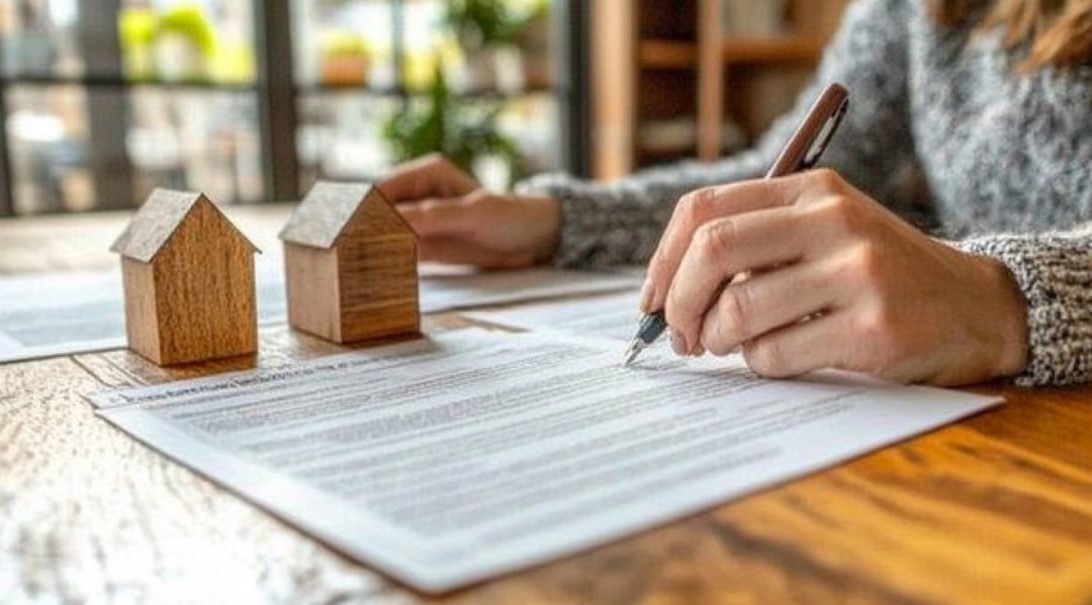
Before signing any contracts with builders, subcontractors, or suppliers, read through everything thoroughly. Make sure the scope of work, timeline, and costs are clearly defined. This will help avoid misunderstandings or unexpected charges later. Having everything in writing protects you and helps keep your budget on track.
10. Avoid Excessive Customization
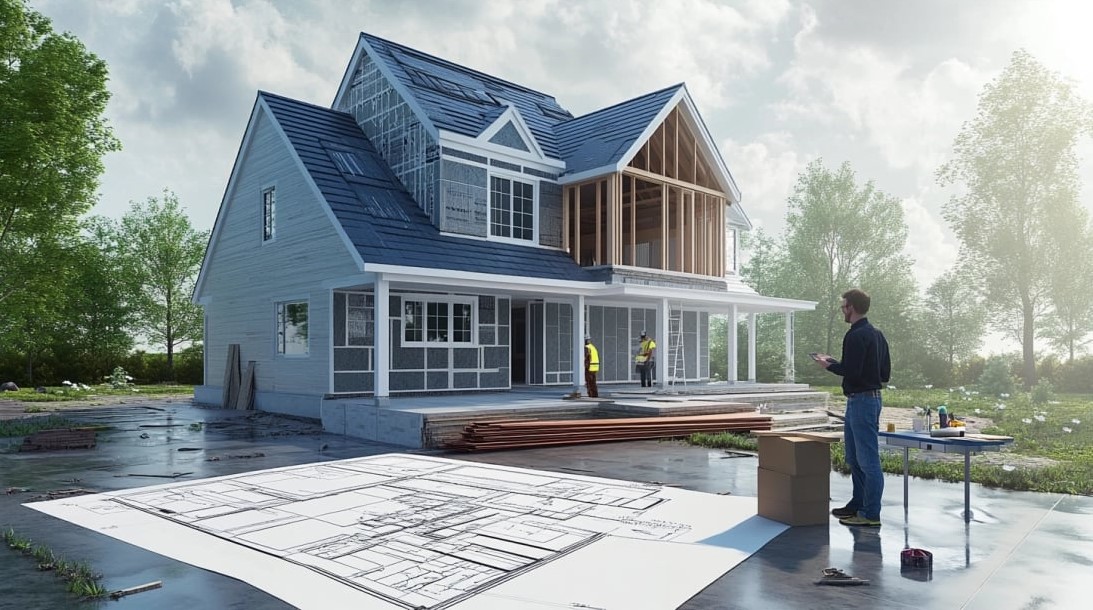
While custom features add personality to a home, they can also come with hefty price tags. Focus on practical, functional customization rather than excessive design details. This helps keep your costs manageable and ensures that your home is built to your specifications without unnecessary extras.
Conclusion
Building a home doesn’t mean you need to sacrifice quality for affordability. With careful planning, smart decisions, and a disciplined approach, you can create a beautiful, high-quality home without exceeding your budget. Focus on long-term value, prioritize essential features, and work closely with professionals who have your best interests in mind. By following these steps, you’ll enjoy the process of building your dream home without the financial stress.
For inquiries just give us a ring!
Email: inquiry@buildeee.com
Phone: 0992-347-4372
Looking for apartments, condos, and houses? Contact us now!
https://property.buildeee.com/
Interested in applying for a Loan? Visit us via:
Let's get connected!
Facebook: www.facebook.com/buildeee
Instagram: www.instagram.com/buildeee
YouTube: www.youtube.com/@BuildeeeTV
TikTok: www.tiktok.com/buildeee
Twitter: www.twitter.com/@buildeeepro
LinkedIn: www.linkedin.com/buildeee
- #home renovation
- #Home rebuilding
- #Home
- #budget price apartment
- #budget of building home
- #contructors
- #workers
- #house'




